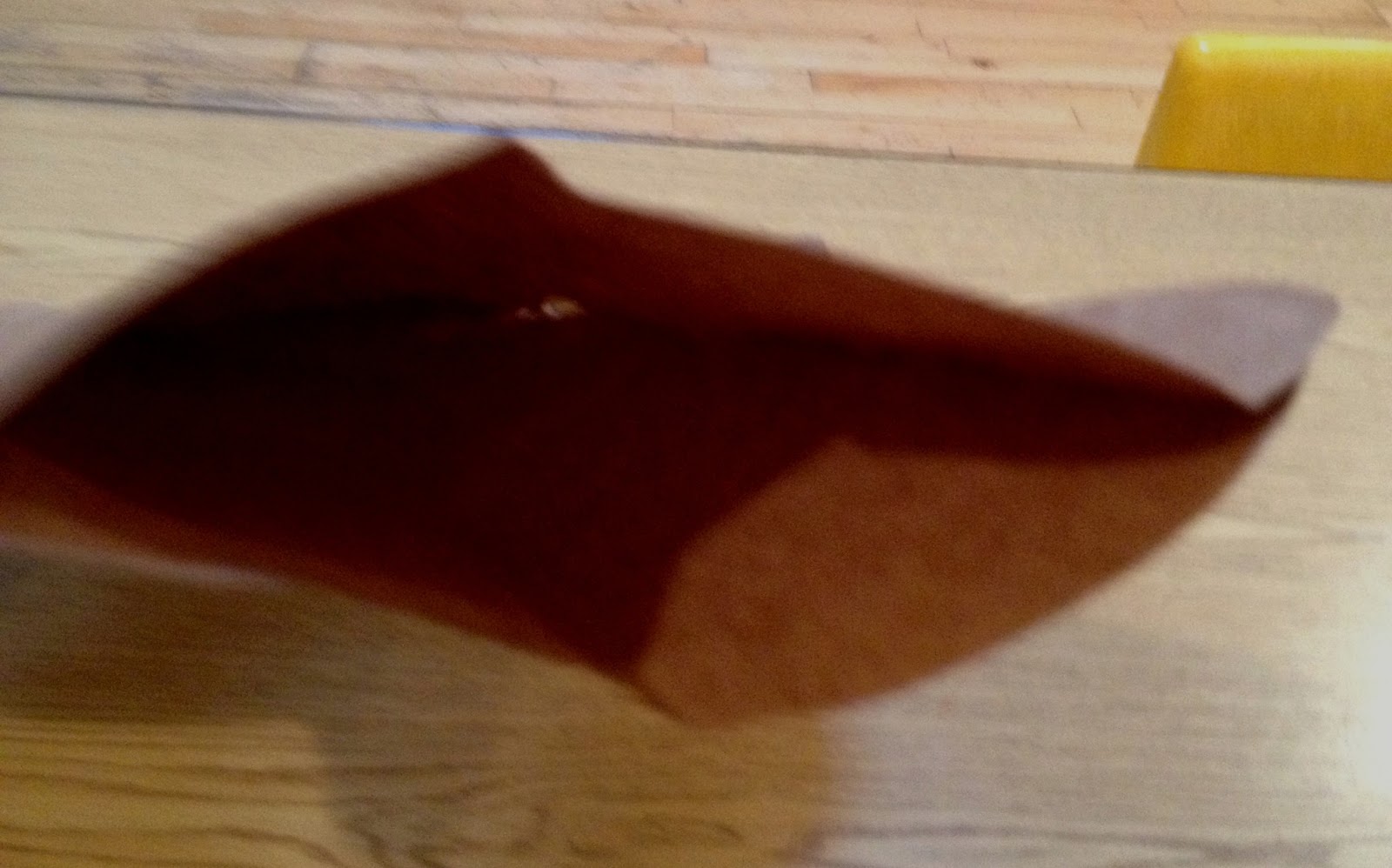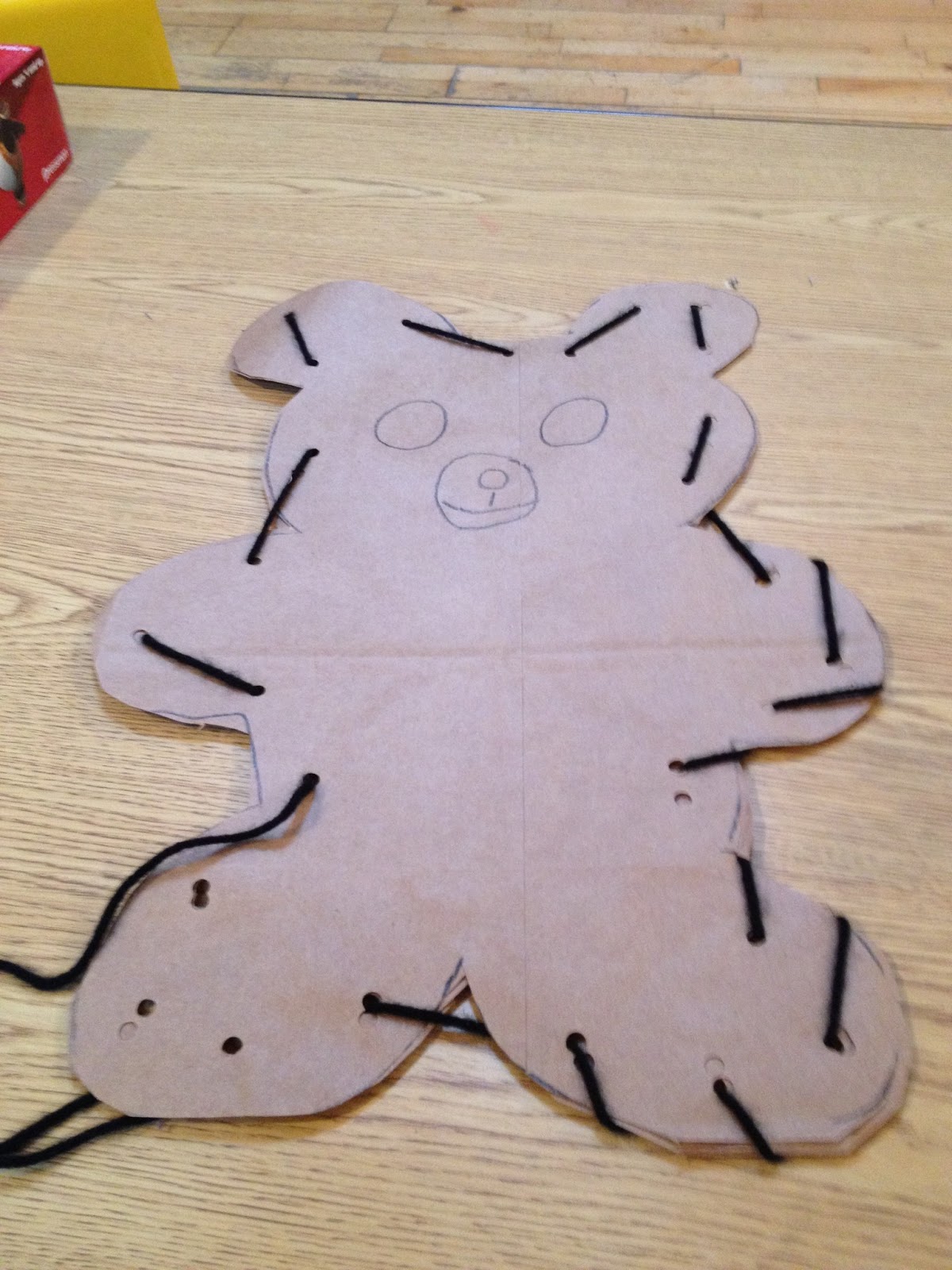Did you know that, according to the American Academy of Pediatrics, approximately 300 children under the age of 4 years die every month in the United States because of accidents? On top of that thousands of more children are injured. All of these injuries and deaths can be prevented with simple steps.
Believe it or not, toys can be a health risk to children, if they are not handled, stored or used correctly. Common hazards include choking, cuts, and hearing damage.
To prevent these hazards:
1. Select toys that are safe and developmentally appropriatefor your child.
· When selecting toys, look for the UL Approvedstamp. Underwriter Laboratories (UL) is an independent company that verifies thesafety of children’s toys
· Read labels and make sure the toy is ageappropriate for your child
· Some common toy hazards to avoid: sharp edges,loud noises and strings greater than 7 inches in length
· Some age appropriate toys
Age
|
Examples of toys
|
Infants (0-12 months)
|
Large plastic blocks, rattles, soft washable toys, busy boards, and squeeze toys
|
Toddlers (1-2 years)
|
Cloth or plastic books, sturdy dolls, nesting blocks, push and pull toys, and stacking toys
|
Preschoolers (2-5 years)
|
Books, crayons, blackboards, chalk, housekeeping toys, building blocks, and simple puzzles
|
2. Maintain your child’s toy and make any repairsto damaged toys.
· Children can choke on loose buttons and beads
· If your wooden toys has a chipped corner, yourchild can get cuts from it
3. Store your child’s toys away from where yourchild walks and runs in secure bins.
· Your child can choke on toys that have danglingstrap greater than 7 inches long
· If you store toys in a cupboard on a shelf, makesure there are no hanging strings or straps. If your child pulls on a danglingstrap, he or she can be injured if the entire cupboard falls on him or her.
4. And always supervise your child during play.
We will continue to post child safety and protection tips throughout November. Visit us soon to stay posted!
References:
American Academy of Pediatrics: http://www.aap.org
Hearron, Patricia. Management of Child Development Centers.
Pearson Higher Education (2007).
Herr, Judy. Working With Young Children. Goodheart-Wilcox
(2008).
www.safety.com. General, updated information (2010).










.JPG)






















.jpg)















